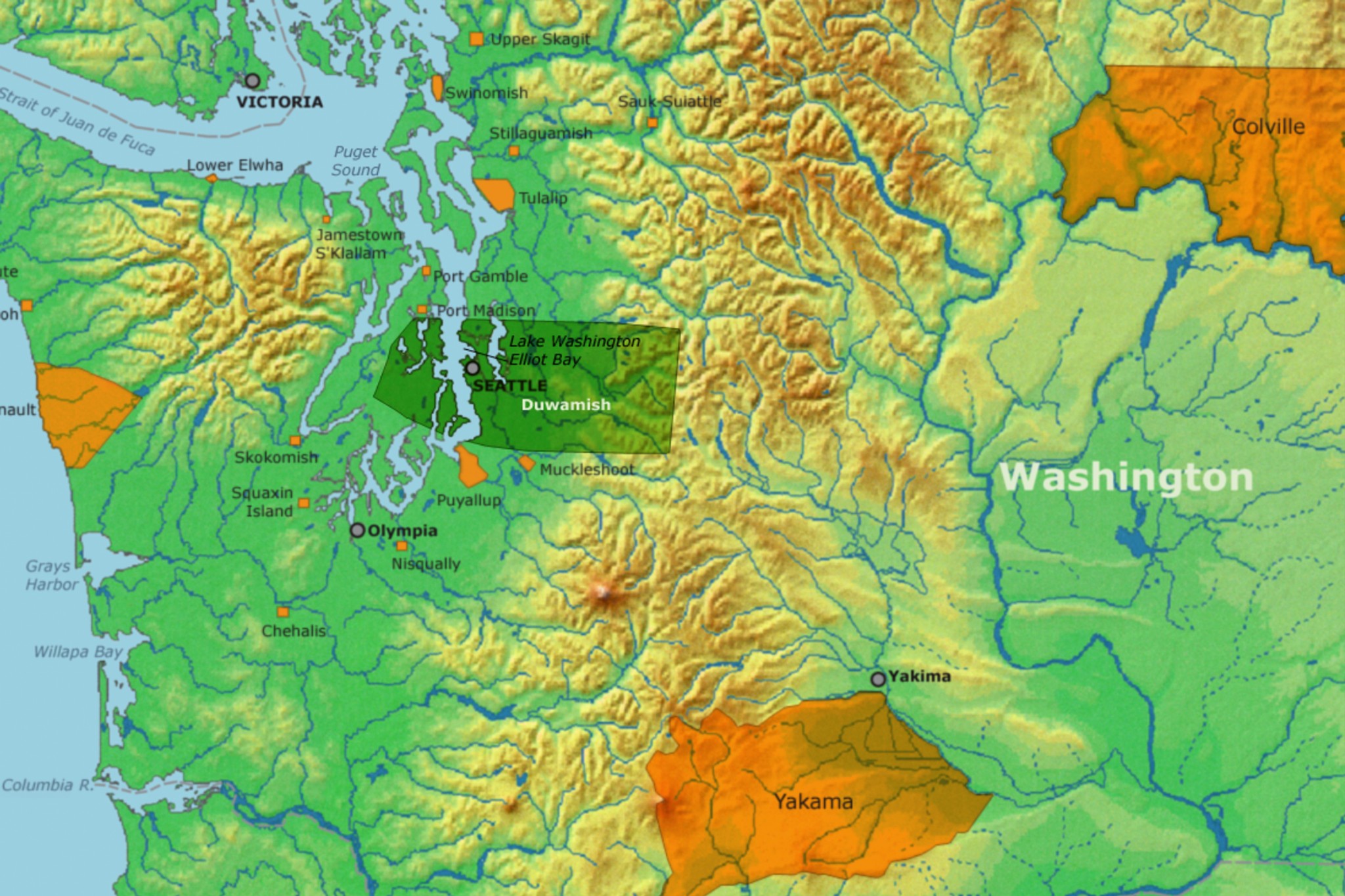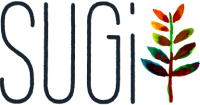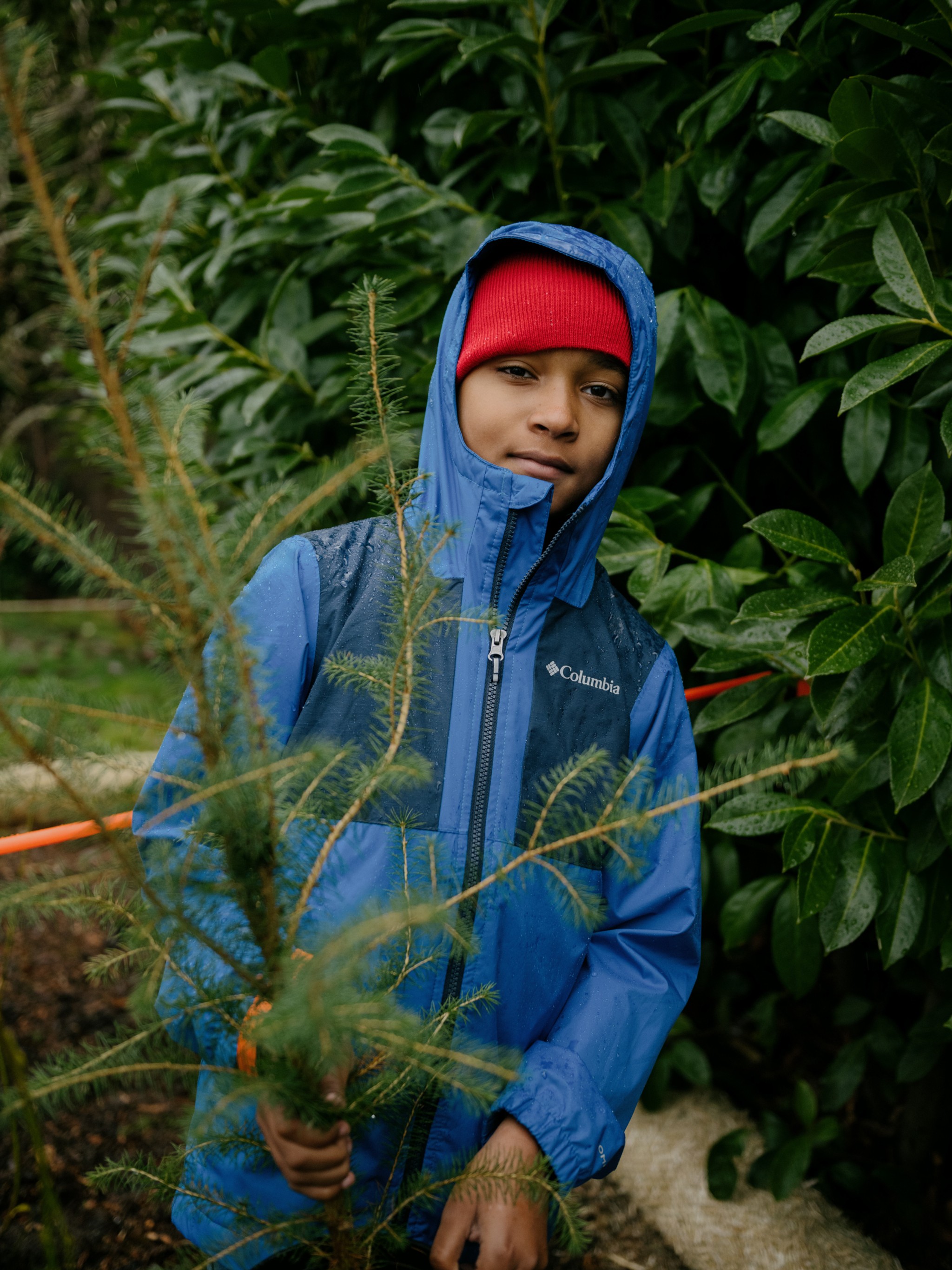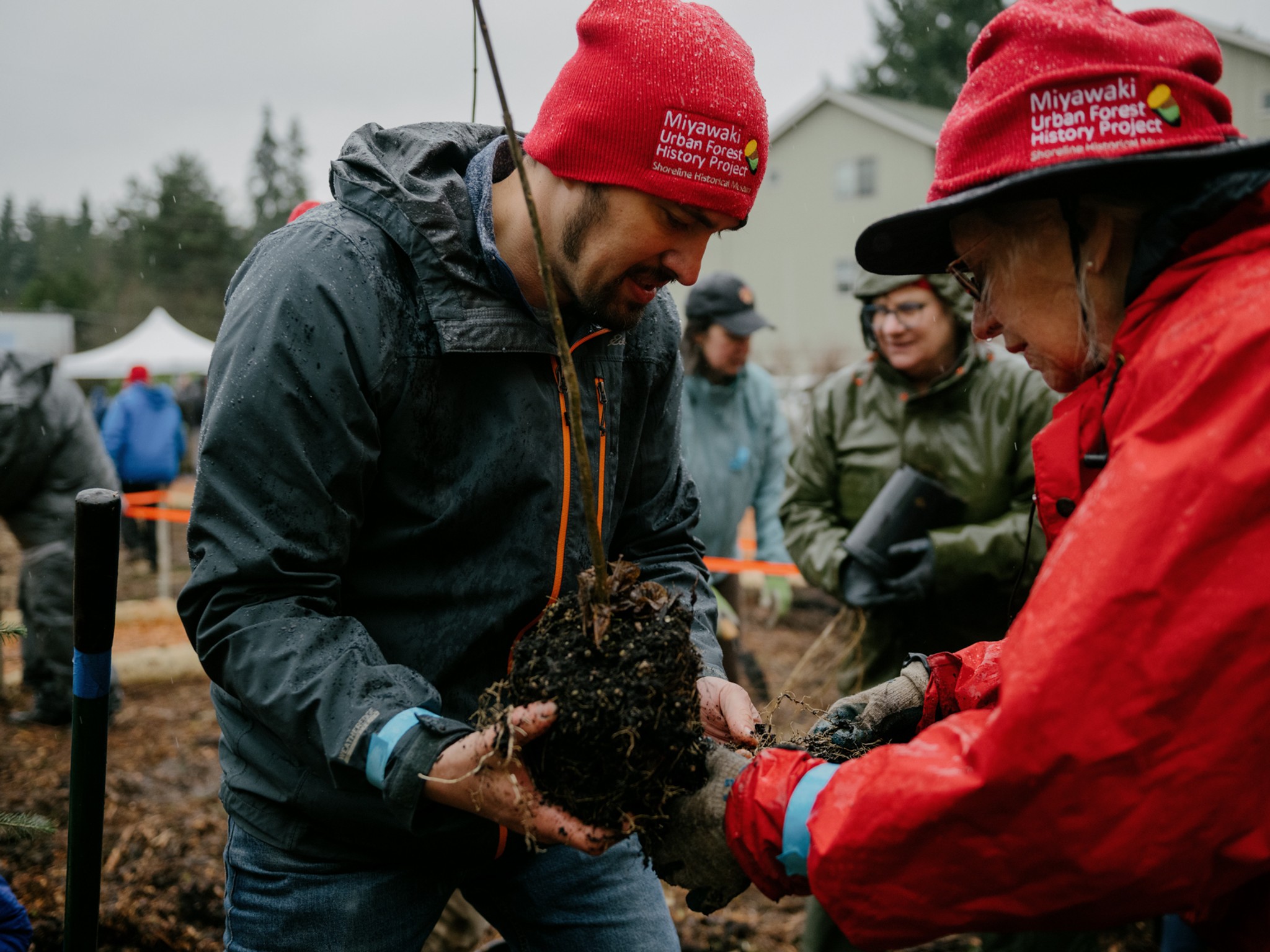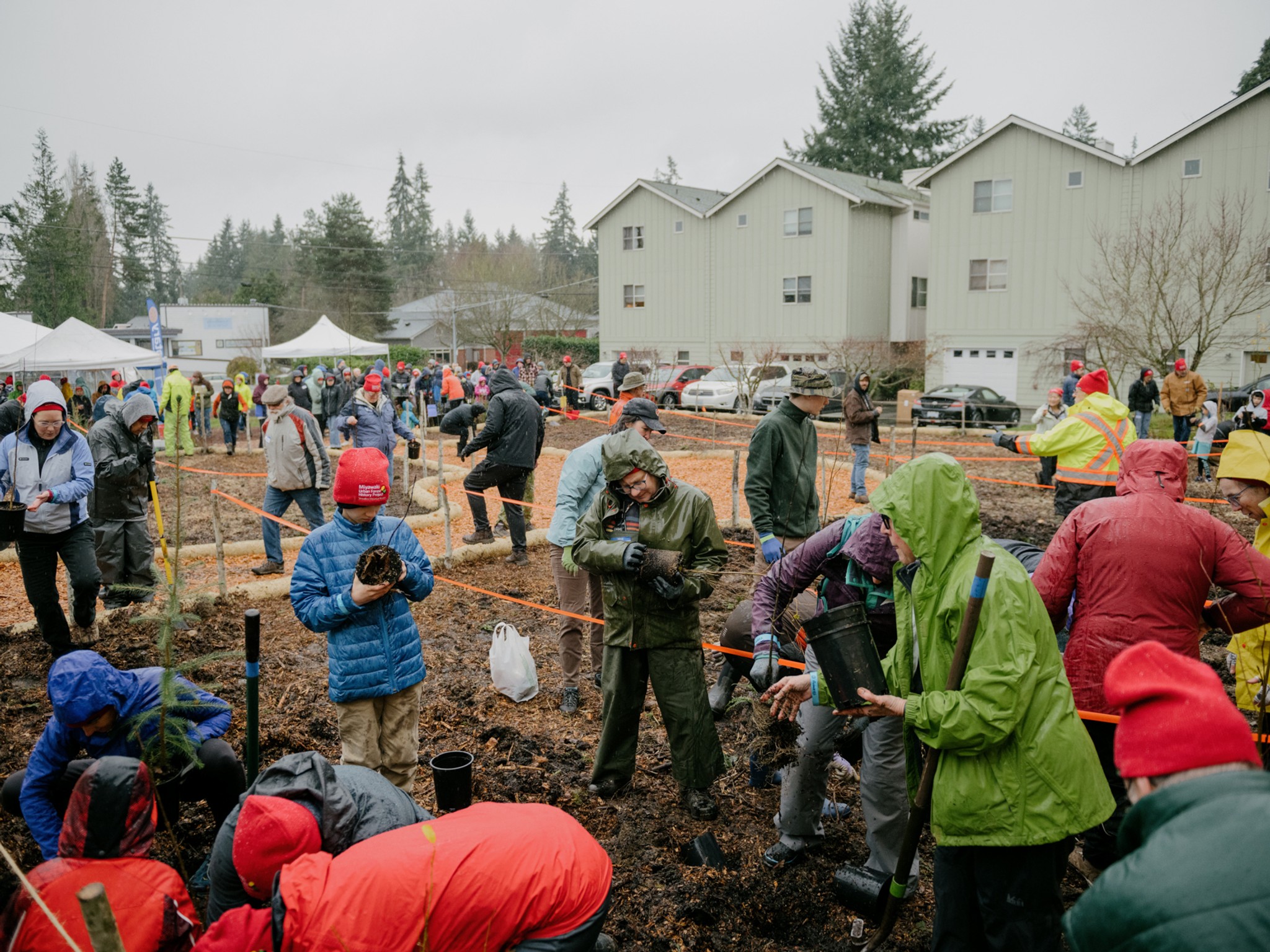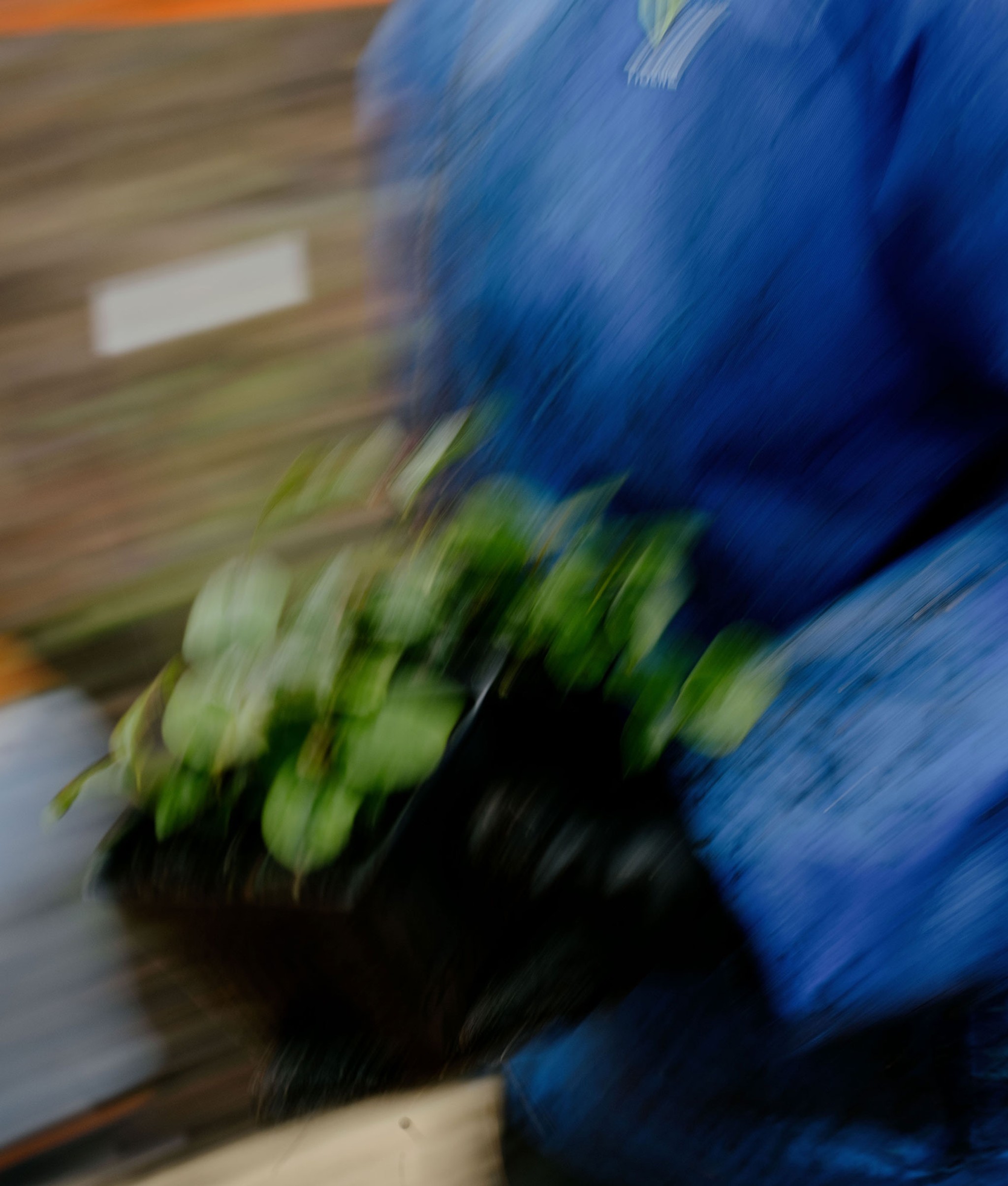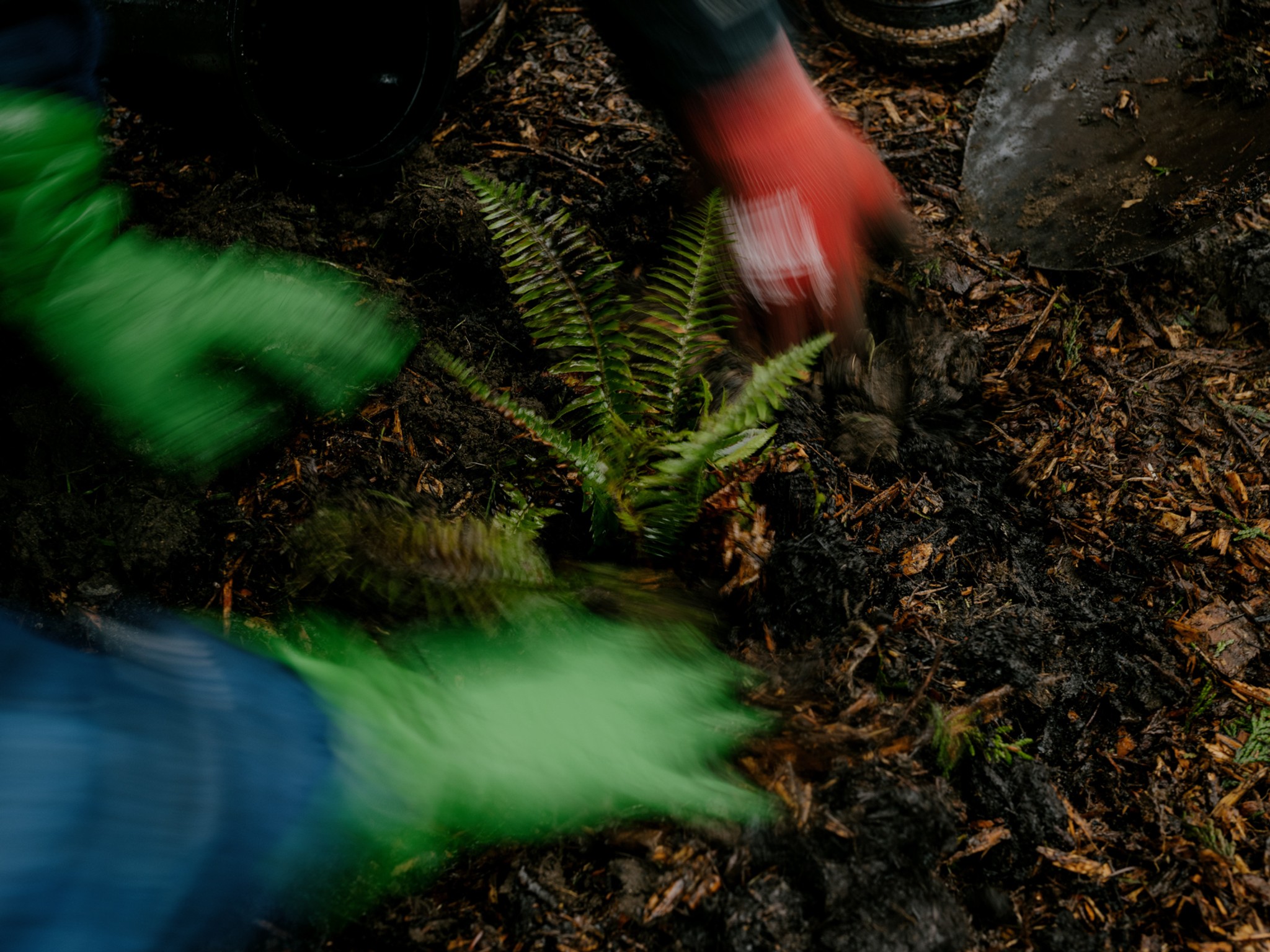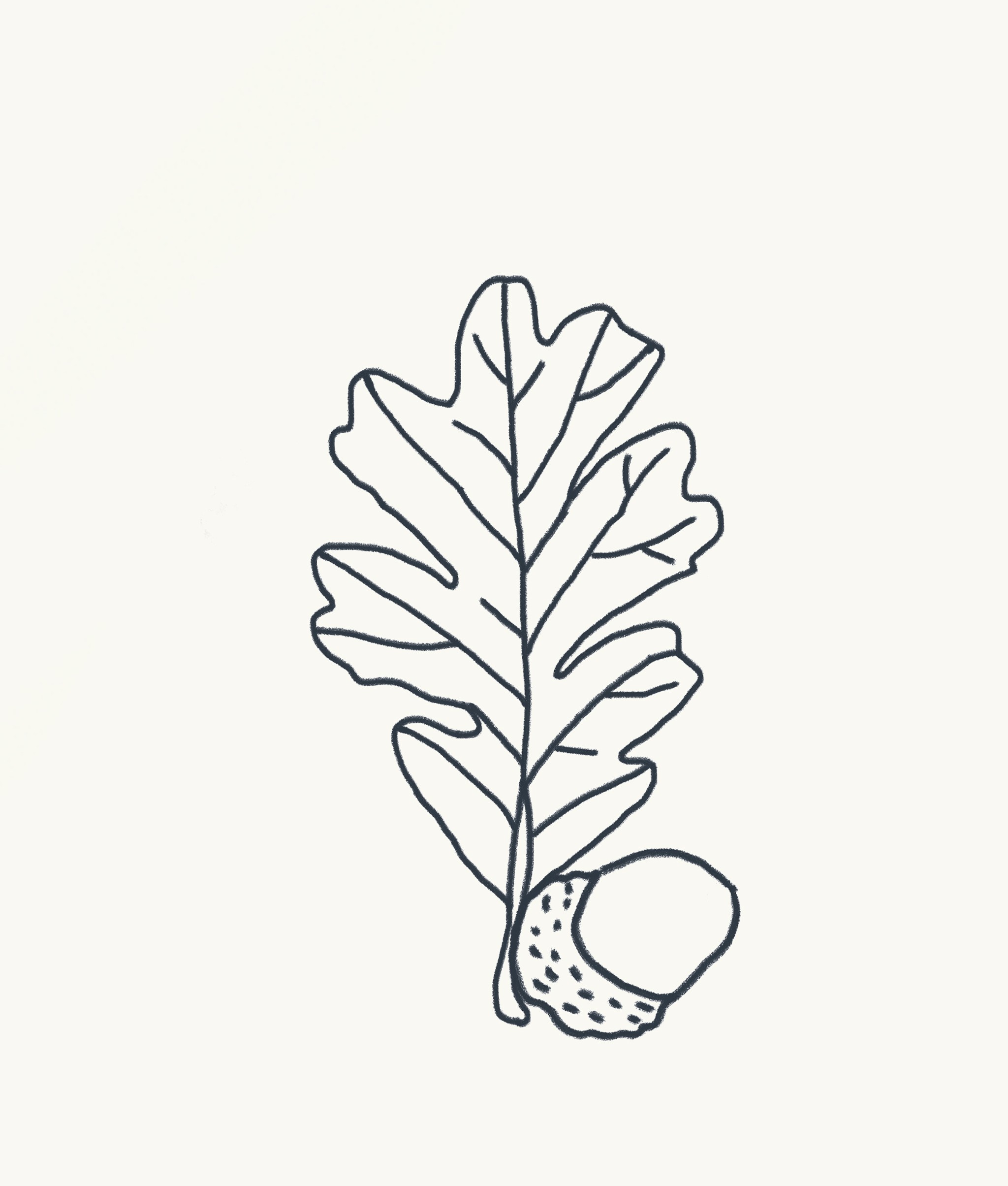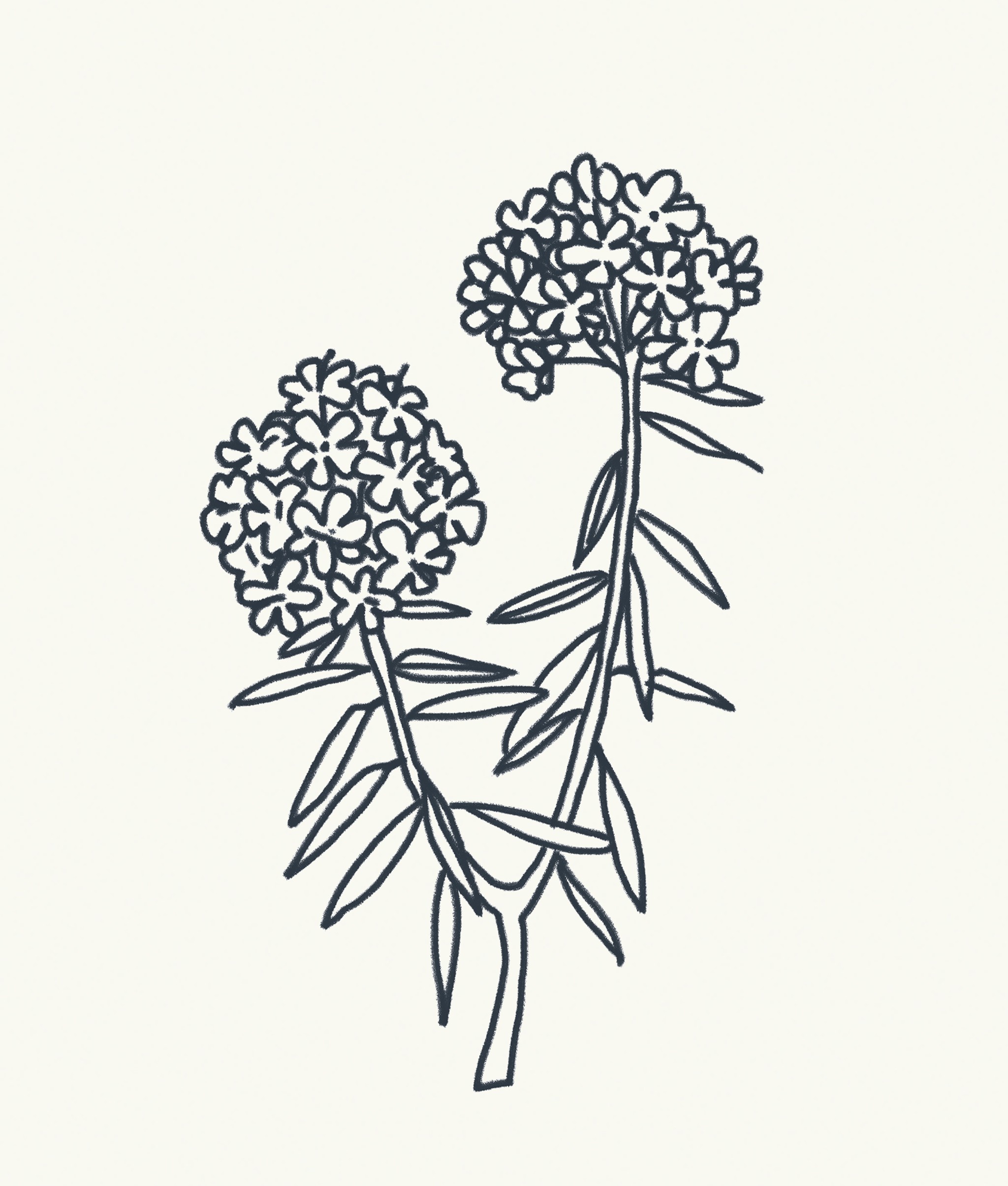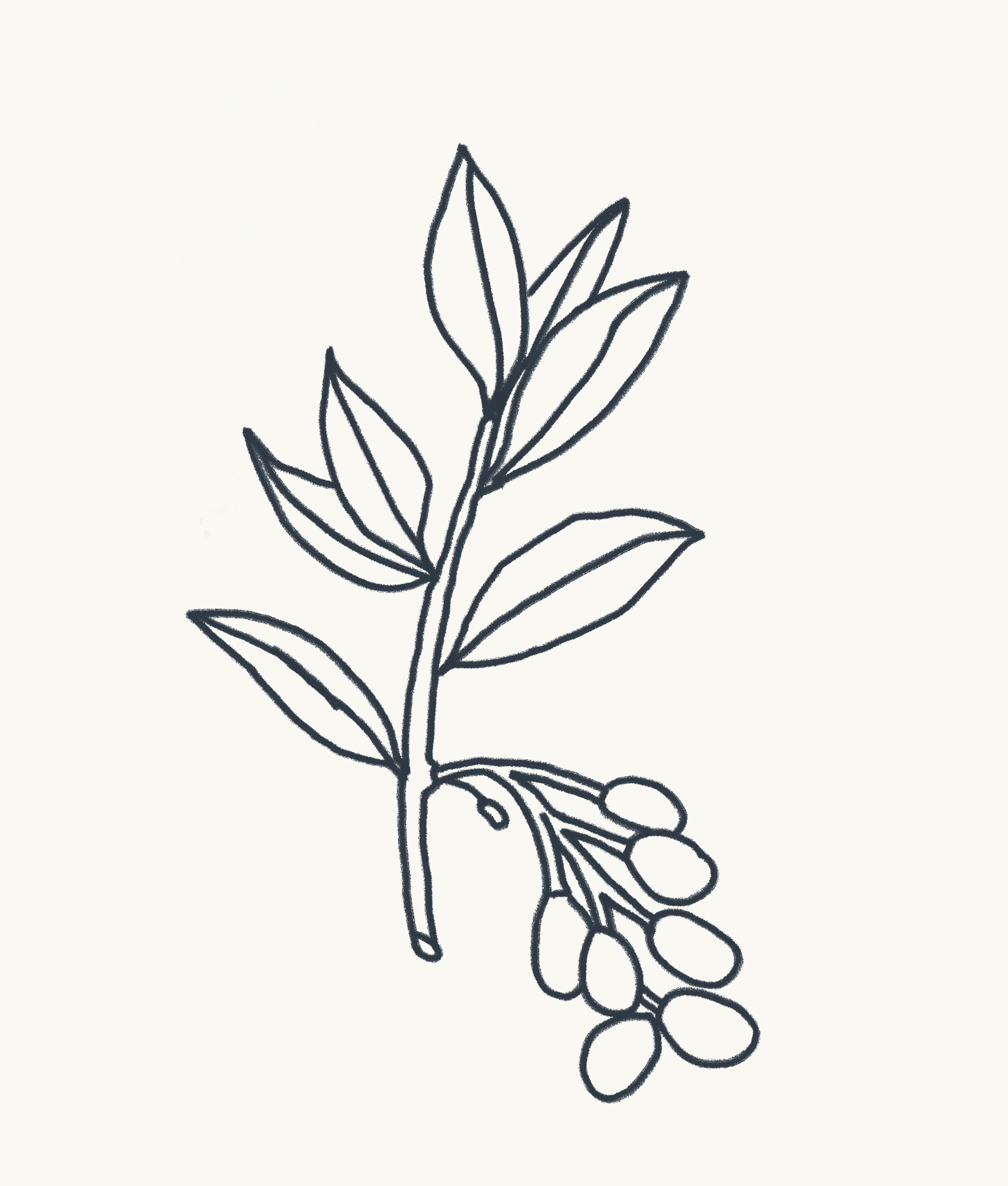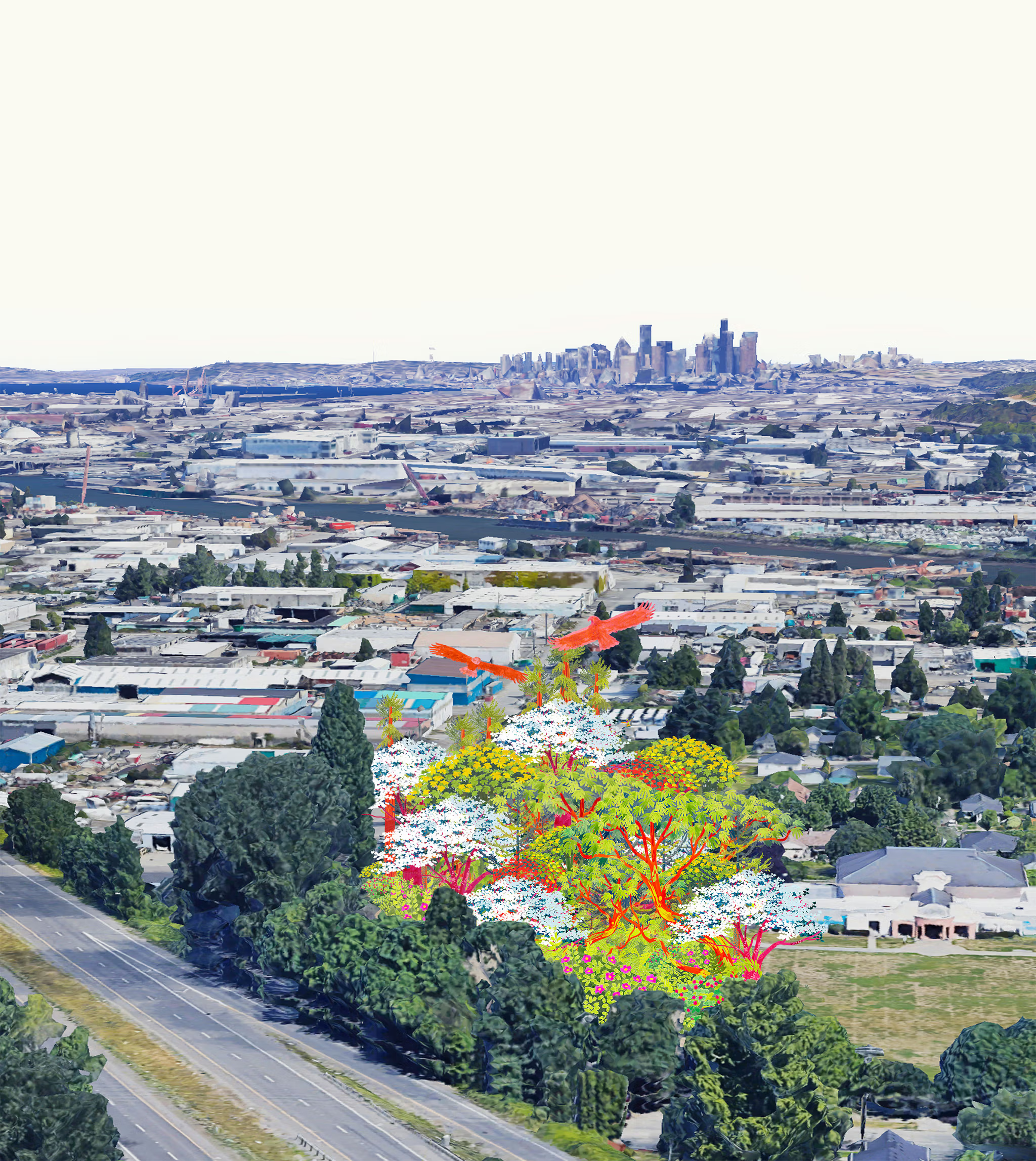Shoreline Historical Museum Forest
Cultivating a natural legacy for the local community.

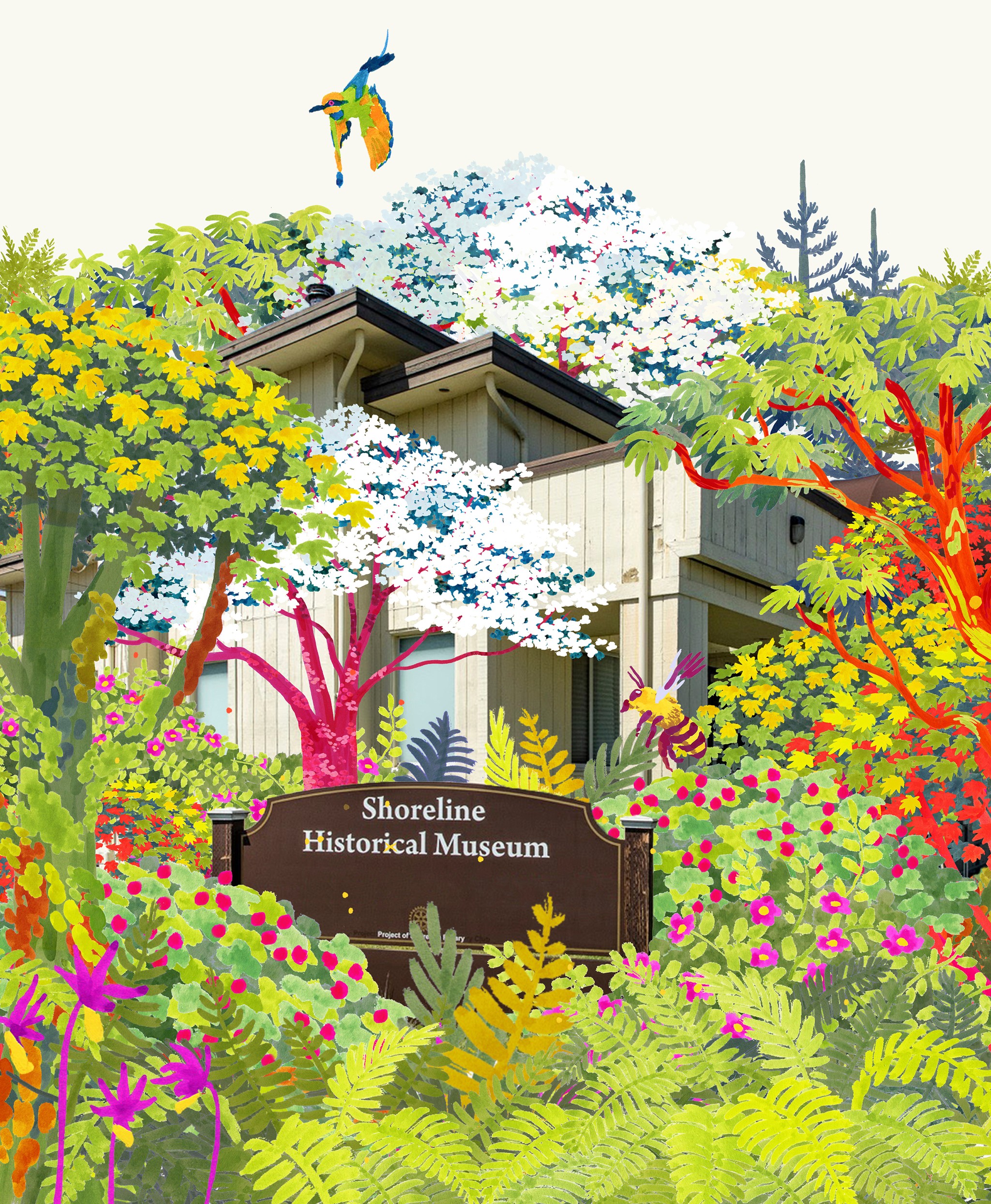
0
Trees
0
Square Feet
0
Native Species
The project is a community-driven idea developed by a group of people invested in preserving the natural world and highlighting the Indigenous relationships to our landscapes.
We are delighted to have had the opportunity to create an outdoor exhibit highlighting natural history and a new story about the environmentally beneficial legacy we can leave behind.
This SUGi Pocket Forest at the Shoreline Historical Museum provides shelter from a highly developed urban heat island, for a local community of over 100,000 people, while supporting native flora and fauna.
Forest Maker
Ethan Bryson
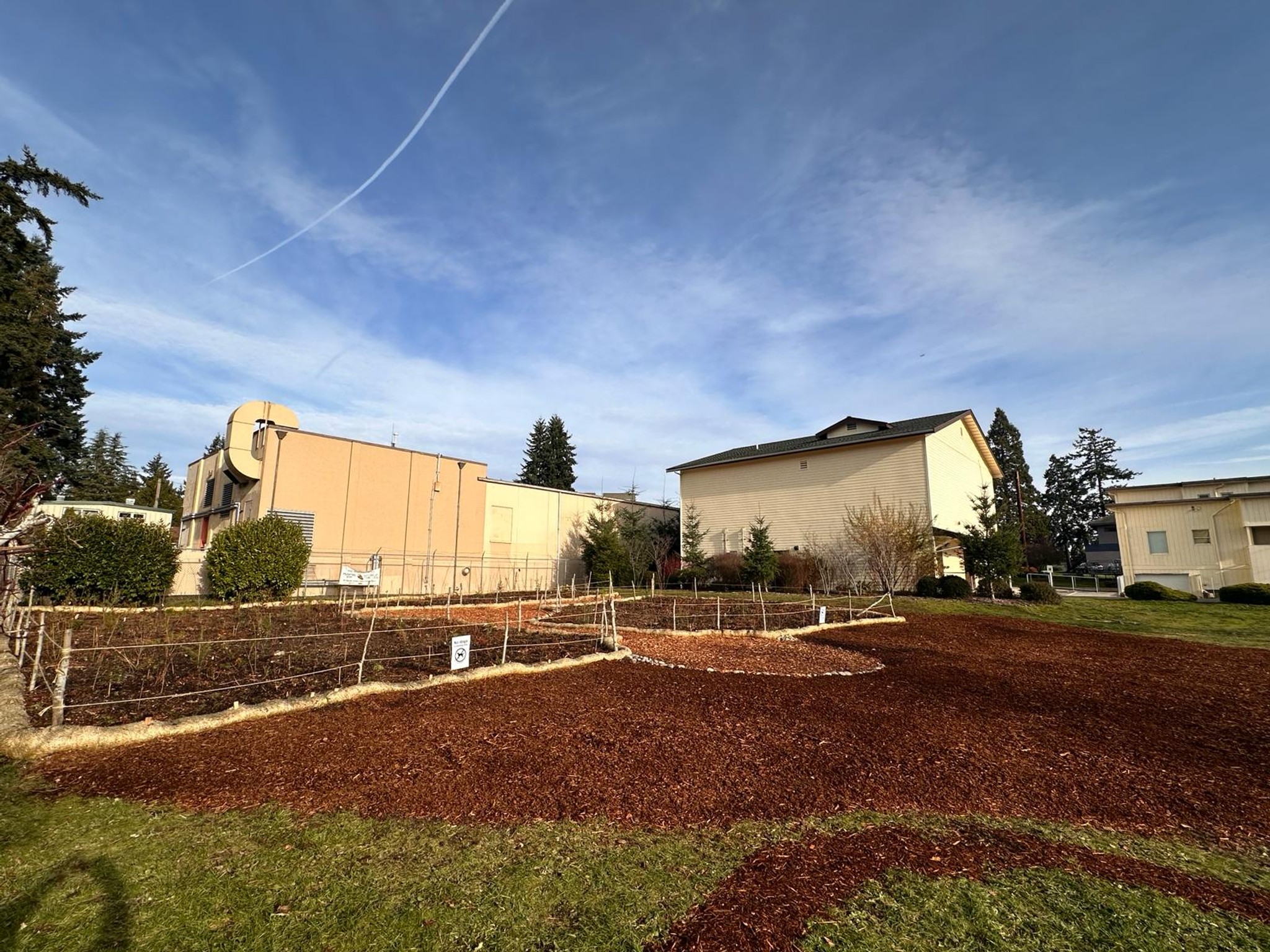
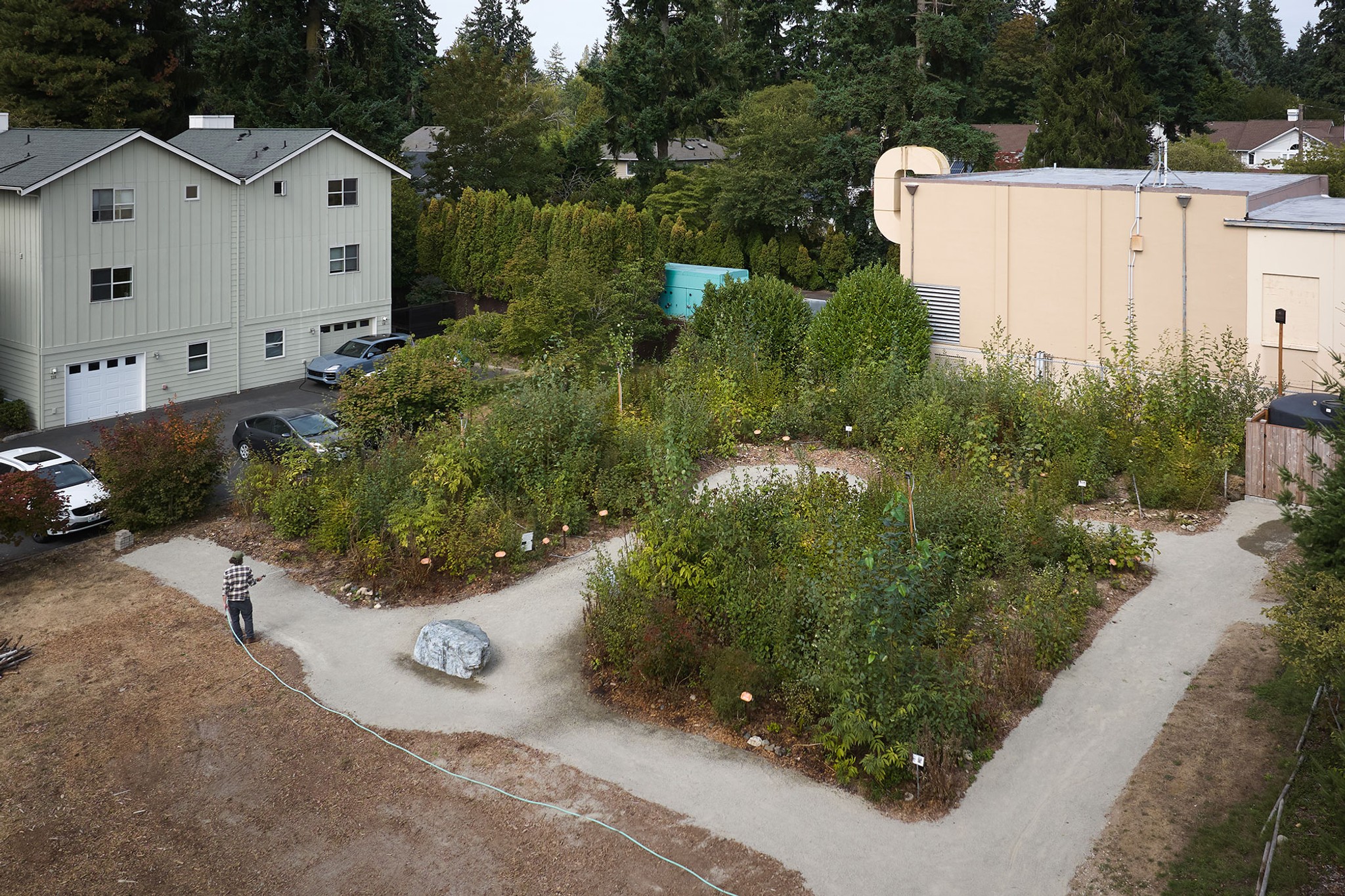
Urban Heat Profile
0°F
Surface Temperature Difference
The Urban Heat Island Effect is affecting cities more and more each year and temperatures in urban areas can go up to 12 degrees hotter. This can be reduced and prevented by planting urban forests like this. We collected the air temperatures on a hot day in July at Shoreline Historical Museum Forest and saw amazing results.

Forest Report: 2025
0 Years
Forest Age
0%
Survival Rate
0m
Average of Tallest 3 Trees
We are seeing that with such a dry and hot summer in Seattle many of the forests including older established forests are suffering. This forest has been growing very quickly with minimal damage from rabbits. Butterflies and pollinators have been enjoying the lupine, dogwood, and other flowers. Copious nodding onion, camas, and lupine seeds were produced in this forest which will help proliferate these native plants.
Biodiversity Notes:
“The Miyawaki Urban History Project is a community-driven idea developed by a group of people invested in preserving the natural world and highlighting Indigenous relationships to our landscapes. After resounding support around this project from the Board of Directors at the Shoreline Historical Museum, the Miyawaki Forest Friends committee are vocally advocating throughout our communities. Tabling at events, writing articles in our local papers and otherwise promoting the Miyawaki Forest is a clear demonstration of the value of community-based projects and the role it has in connecting people to an organization like the Shoreline Historical Museum.”
Kenneth Doutt, Executive Director, Shoreline Historical Museum
Forest Report: 2024
0 Months
Forest Age
0%
Survival Rate
0m
Average of Tallest 3 Trees
In less than a year from planting, this forest has transformed a previously barren yard into a lush, green enclave with trees that tower people, with the tallest cottonwood trees standing at over three meters.
The forest is already home to a wide range of small animals, with rabbits, worms, and pollinators frequenting the forest grounds - as well as a great range of flowering plants, such as lupines, that bring a striking dash of color to the forest.
Biodiversity Notes:
Planting: December 2023
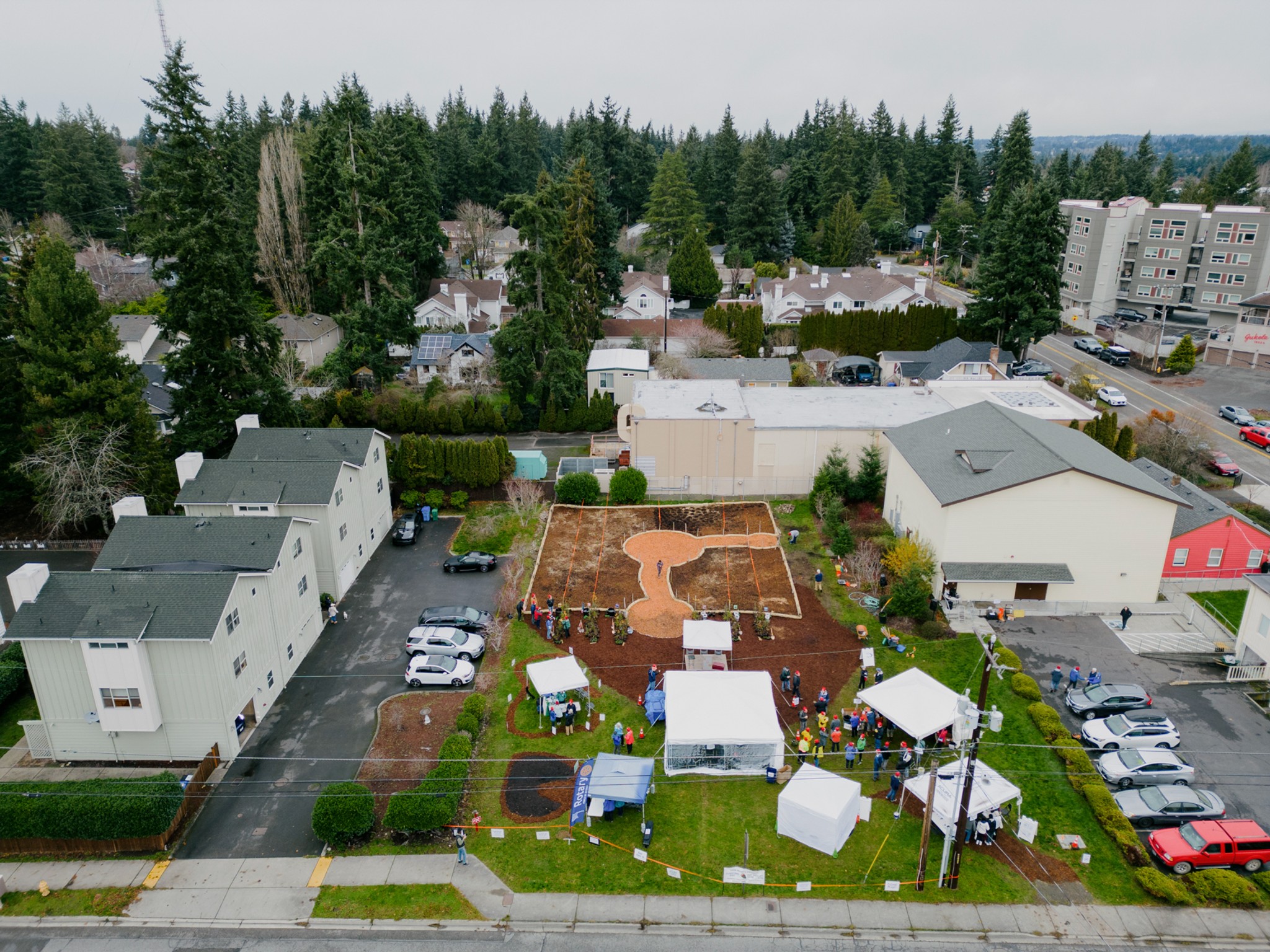
Native Species
Selection
“These plants and numerous others have been used by our Duwamish ancestors and the Duwamish Tribe for thousands of years to feed and nurture us. Development has diminished their habitat and our access to them. Their absence has been felt by us, our native pollinators, birds, fish and aquatic life. We want to thank the Shoreline Historical Society for pursuing a native forest on our ancestral lands.”
Nancy Sackman, Cultural Preservation Officer
